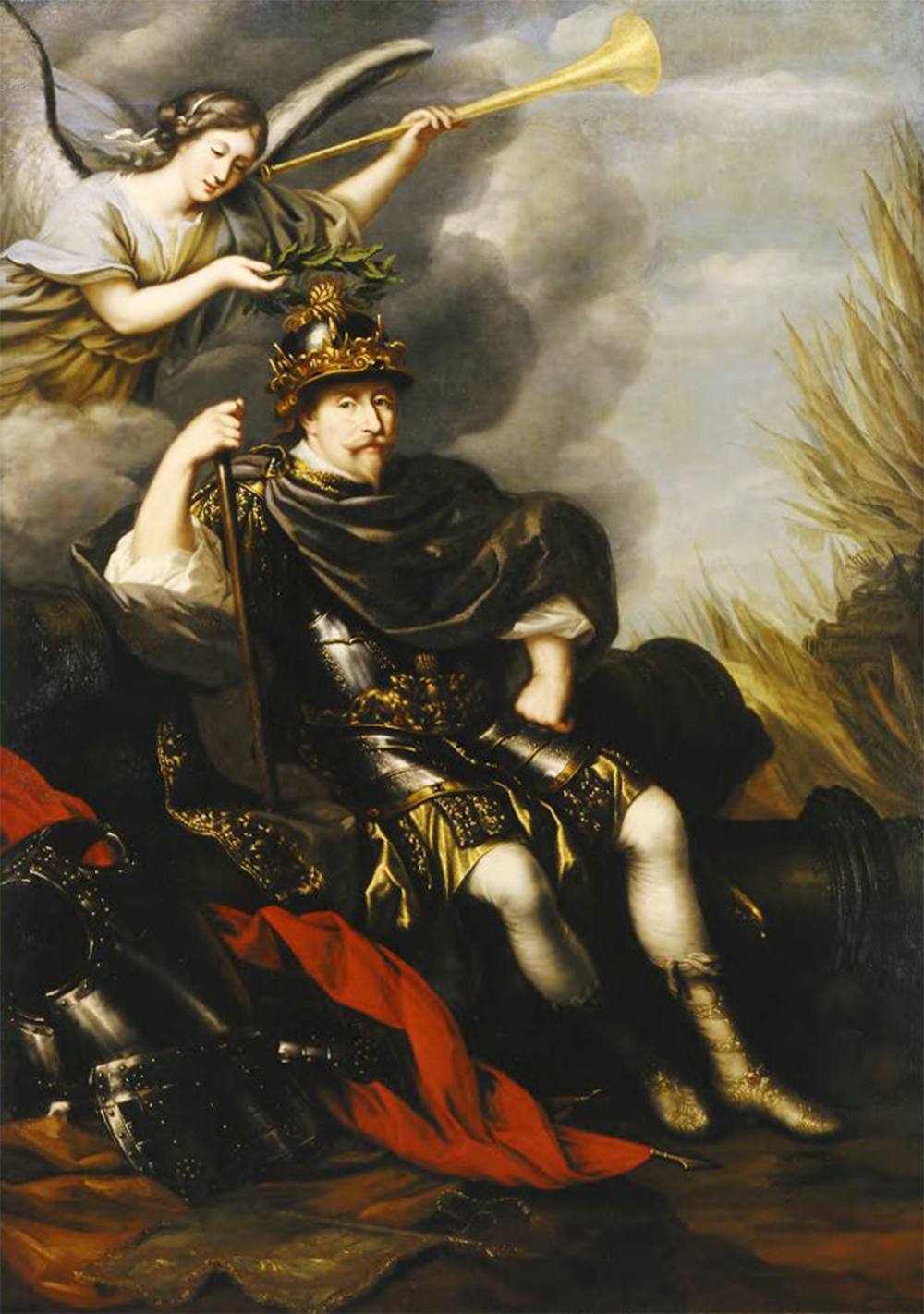Who Was Gustavus Adolphus? The Lion of the North
The king who upset the balance of power in 17th-century Europe. But could he have achieved more?
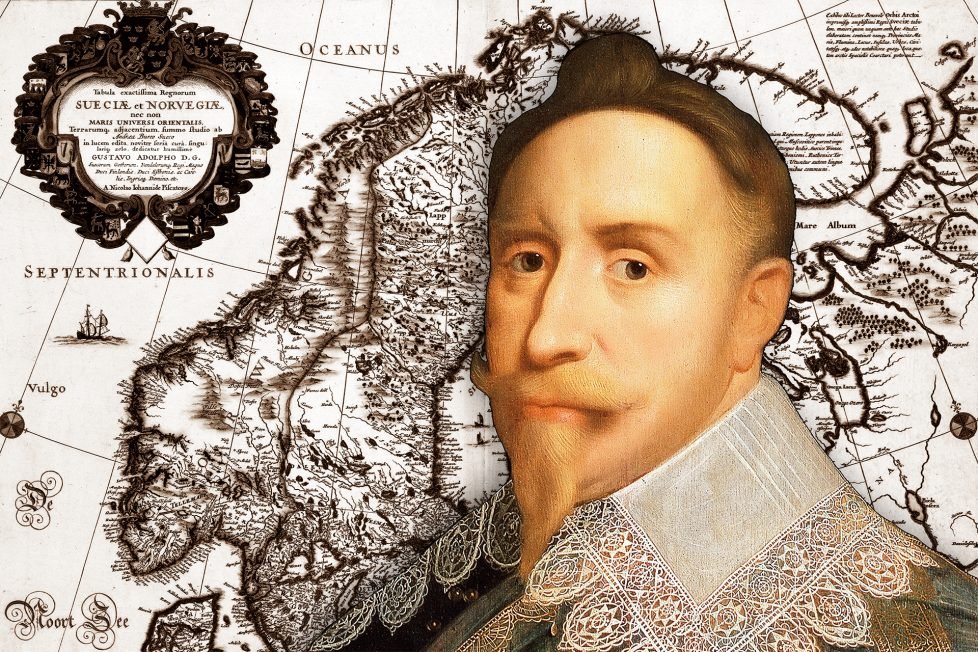
The king who upset the balance of power in 17th-century Europe. But could he have achieved more?

Table of Contents
ToggleThe history of humanity boasts many great rulers and military geniuses. Most people are familiar with Julius Caesar, Charlemagne, and Napoleon. However, there is one European strategist who is unjustly overlooked when discussing the most capable military leaders of all time. Gustavus Adolphus, the early 17th-century king of Sweden (1594–1632), transformed his nation from a relatively obscure corner of Europe into one of the continent’s most influential powers. Remarkably, he accomplished this feat within just two decades of his reign.
No one knows what he might have achieved had he lived longer than a mere 37 years, a fact that raises some crucial questions. What might have happened to Europe if Gustavus Adolphus had survived the Battle of Lützen in 1632? How many additional territories could Sweden have gained control of? Could he have dismantled the Holy Roman Empire to forge a robust alliance of Lutheran states in Germany? And could he have brought an end to the Habsburg dynasty in Europe?
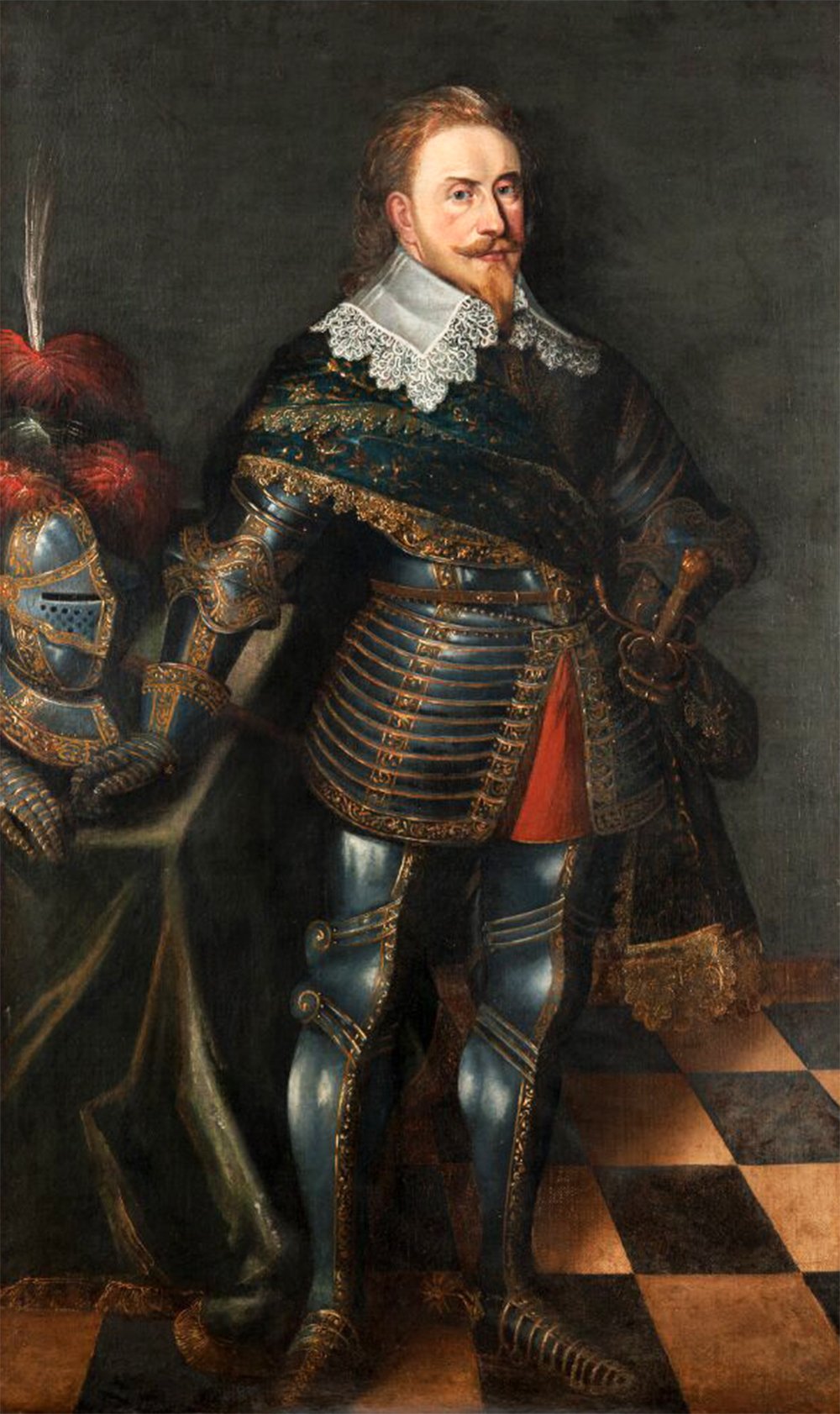
Sweden, situated in the far north of Europe, has been largely removed from the main currents of European history since the Viking era. While occasionally under Danish rule, the dissolution of the Kalmar Union in 1523 turned Denmark into a Swedish rival. King Gustav Vasa (1490–1560) successfully fought against the Danes and liberated Sweden. Notably, since the Bishop of Uppsala, Gustaf Trolle, was aligned with Denmark, Gustav chose to initiate the Reformation in 1527, receiving approval from the Riksdag (the Swedish Parliament). This move effectively ended the long-standing rivalry for supremacy between the King of Sweden and the Archbishop of Uppsala.
Following that pivotal moment, Sweden’s history took a different turn. The country formally adopted Lutheranism in 1544, leading the government to confiscate the vast majority of church estates. The king quickly established an efficient administrative system and levied taxes to build a formidable army, fueling territorial expansion. The war with Lübeck in 1535 concluded with the expulsion of Lübeck traders from Sweden, breaking their monopoly and further enriching the Swedish crown. Throughout the 16th century, Sweden engaged in successful wars against Denmark and Russia. By 1600, the Swedish crown had extended its control over large regions of Finland, Estonia, Latvia, and smaller parts of Poland and Prussia.
Due to such aggressive policies, Sweden was not well-loved by its neighbors, and in 1611, the country found itself entangled in three separate wars against Russia, Denmark, and Poland. That same year, King Charles IX passed away, leaving the throne to his seventeen-year-old son, Gustavus II Adolphus. Enemies viewed this as an opportune moment to defeat Sweden, but they couldn’t have been more mistaken. The “Lion of the North,” as Gustavus would eventually be known, not only managed to retain previously conquered territories but also subjugated additional lands, shaking 17th-century Europe to its very core.
Although still a minor when he ascended to the throne in 1617, Gustavus Adolphus encountered little resistance from the parliament and nobles. He appointed one of the most influential nobles, Axel Oxenstierna, as his chancellor. Their collaboration marked a golden age of Swedish expansion. King Gustavus Adolphus had great trust in Oxenstierna, who acted as his deputy whenever the king was engaged in wars abroad, which was often the case. Oxenstierna also played a key role in administrative matters and tax collection, further improving Sweden’s financial situation.
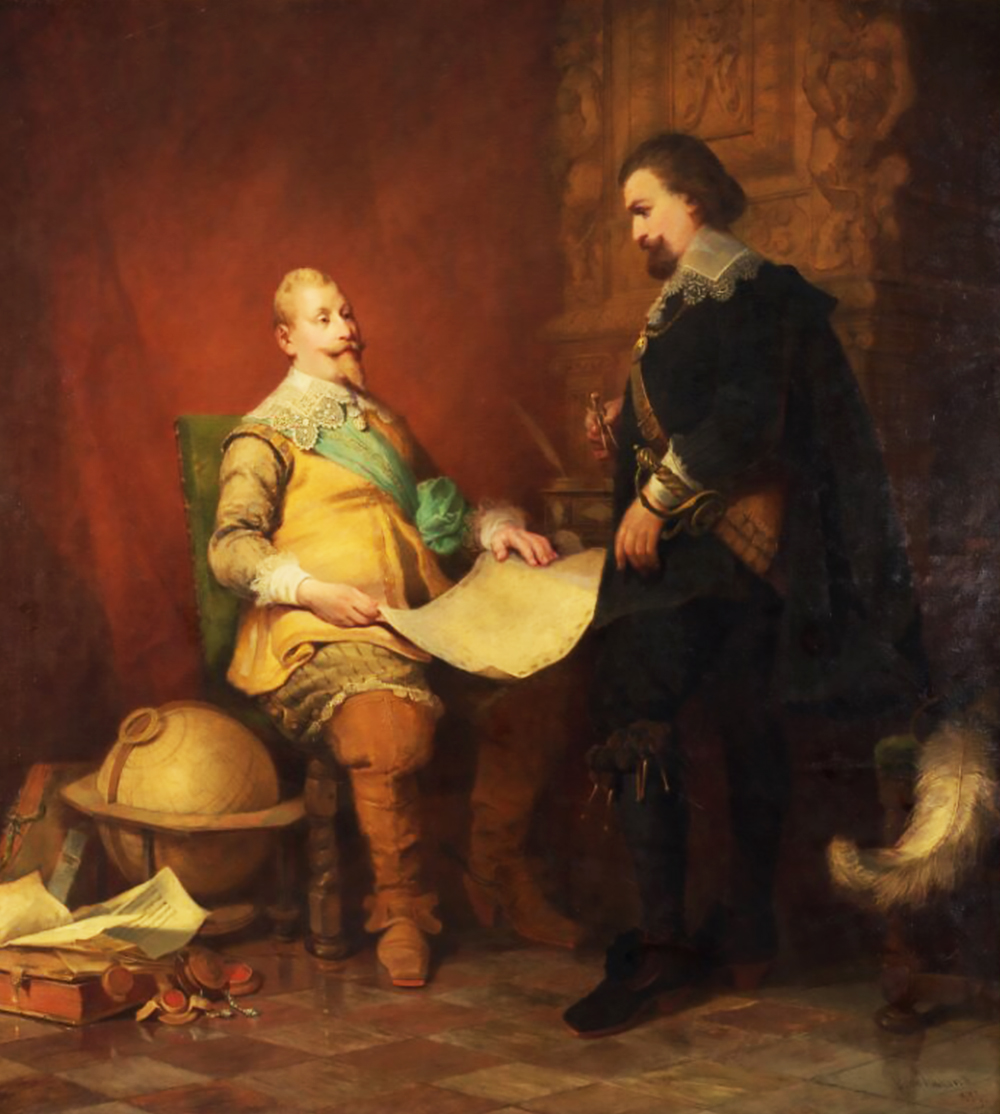
When Gustavus Adolphus took the throne, Sweden was already embroiled in a war with Russia. The collapse of the Rurik dynasty in Russia had ushered in the “Time of Troubles,” which Sweden sought to exploit through military action. While Gustavus Adolphus didn’t initiate this “Ingrian War” (1610-1617), he did bring it to a successful conclusion after seven years of victories against weakened foes. The Treaty of Stolbovo in 1617 solidified Swedish control over the Baltic Sea, effectively cutting off Russia’s access to this crucial natural resource and its trade routes.
Another conflict Gustavus Adolphus inherited was the war against Poland, a country that had also sought to capitalize on Russia’s troubles and had even plundered Moscow in 1610. This didn’t stop the ongoing hostilities between Sweden and Poland, which had started in 1600. Gustavus Adolphus played a leading role in this conflict, first as a prince and military commander, and later as king. The war concluded with the Treaty of Altmark in 1629. Under its terms, Sweden secured control of several cities along the southern coast of the Baltic Sea, while Poland agreed to pay reparations for six years. In return, Sweden relinquished control of some of the cities it had previously occupied.
One contributing factor to this compromise was Sweden’s defeat in the Battle of Trzciana, where Gustavus Adolphus narrowly escaped with his life. Another was the influence of France, as Cardinal Richelieu wanted the Swedish army to engage Austria. Before long, the Polish crown lost its grip on the noble families, ensuring that Poland would never again pose a threat to Sweden.
The last inherited war, the First Kalmar War with Denmark, was sparked by financial interests. Denmark collected tolls from ships passing through the Kattegat and Skagerrak straits, and Sweden wanted a share of that revenue. Following a Swedish naval expedition in 1611 and a land battle in Norway at Kringen in 1612, the conflict concluded in 1613. While Denmark retained control of the straits, the Treaty of Knäred awarded Sweden half of the so-called “Sound Dues.”
During Gustavus Adolphus’s reign, Sweden finally stepped out of Denmark’s shadow to become a major power in Scandinavia. While Denmark remained a rival, Gustavus Adolphus swiftly eclipsed its power, marking a new chapter in relations with his closest neighbor. Apart from a few incidents in 1617, which some historians refer to as the Second Kalmar War, Gustavus Adolphus and Denmark largely maintained peaceful relations.
In less than a decade of ruling, he managed to outmaneuver all of Sweden’s traditional adversaries, showcasing his military genius. His next goal was to establish Sweden as a European power and as a protector of Lutheranism. Europe, already rife with its own troubles, was unprepared for the formidable Swedish army.
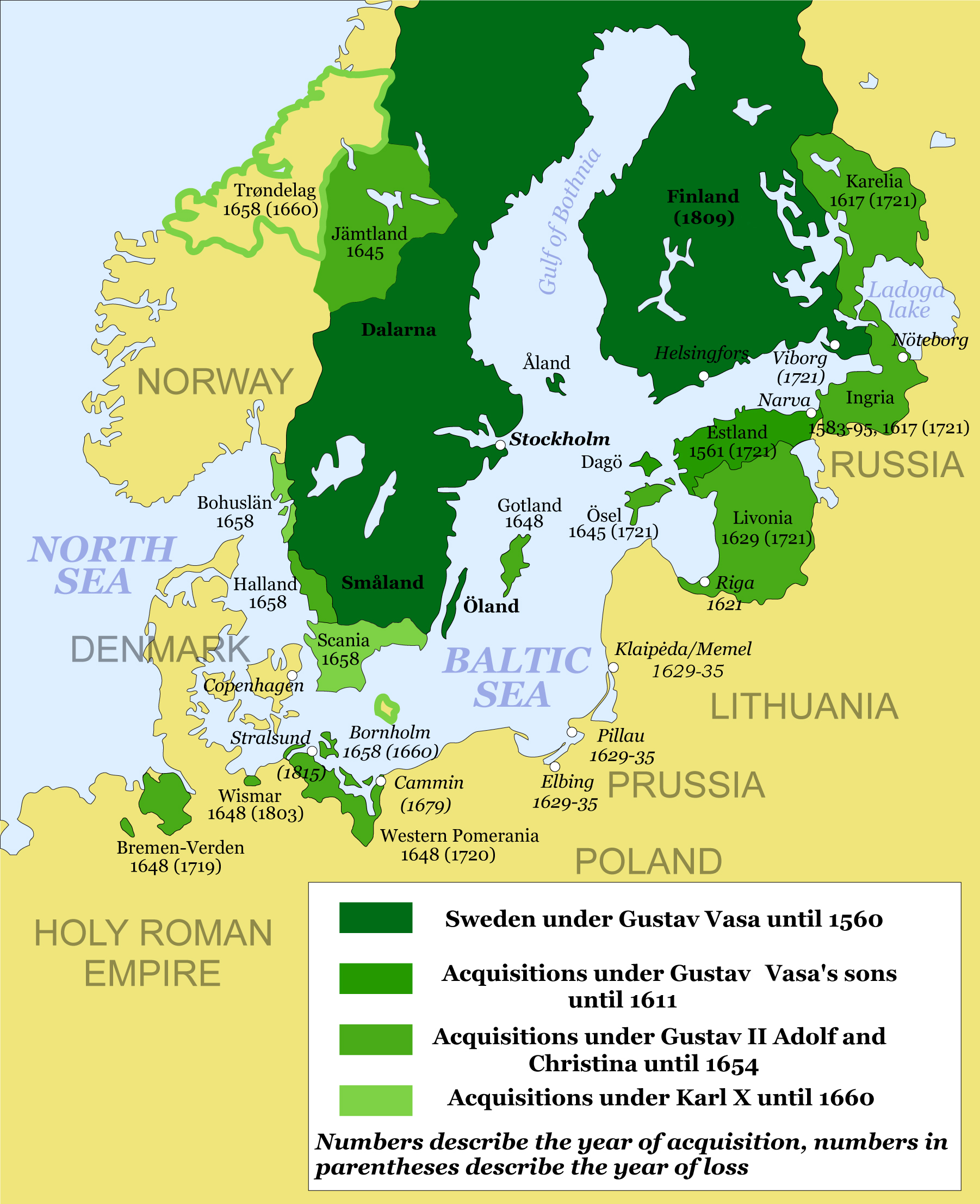
What made Gustavus Adolphus’s army so formidable? There are several reasons why many consider the Swedish king to be the father of modern warfare, but some of the most significant are:
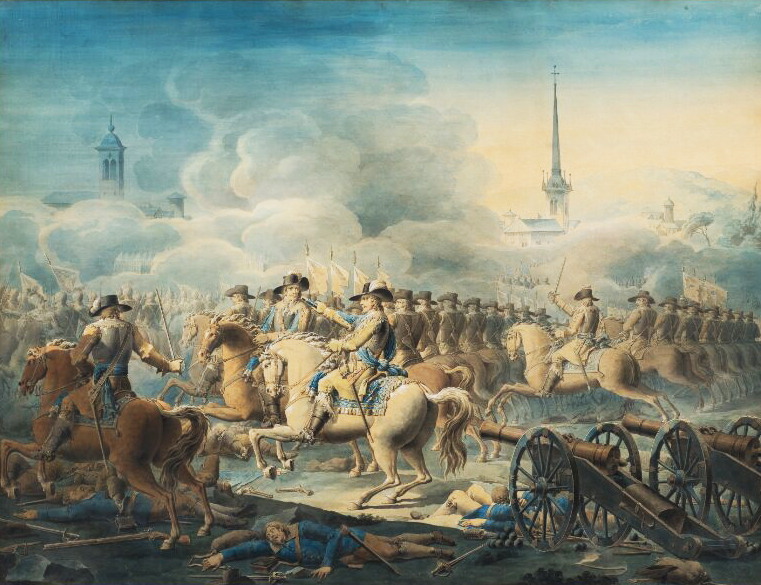
Ever since 1517, Europe has been a patchwork of different religious confessions. Before the Reformation, Orthodox Christianity dominated the East, Islam was prevalent in the Ottoman Empire, and Catholicism dominated the rest of Europe. However, since Martin Luther initiated the Reformation, a blend of Catholic and Reformed Christianity emerged. Wherever different religions coexisted, religious extremism often followed. Civil and religious wars broke out in nearly every corner of Europe, most notably in what is today’s Germany.
Nominally, the Holy Roman Empire still existed, but it had become a patchwork of several dozen independent states and hundreds of smaller autonomous territories. Some embraced Lutheranism, while others remained Catholic, leading to a series of conflicts among these states. Austria, under the rule of the Habsburg dynasty, led the Catholic faction and aimed to establish dominance over a region that includes today’s Germany, Switzerland, Czech Republic, Netherlands, and Belgium. Another branch of the Habsburgs ruled Spain, making them natural allies. On the opposing side were the Palatinate and other German states, along with Scandinavian countries that had accepted Lutheranism. Interestingly, they received financial backing from Catholic France, which sought to prevent being encircled by Habsburg territories.
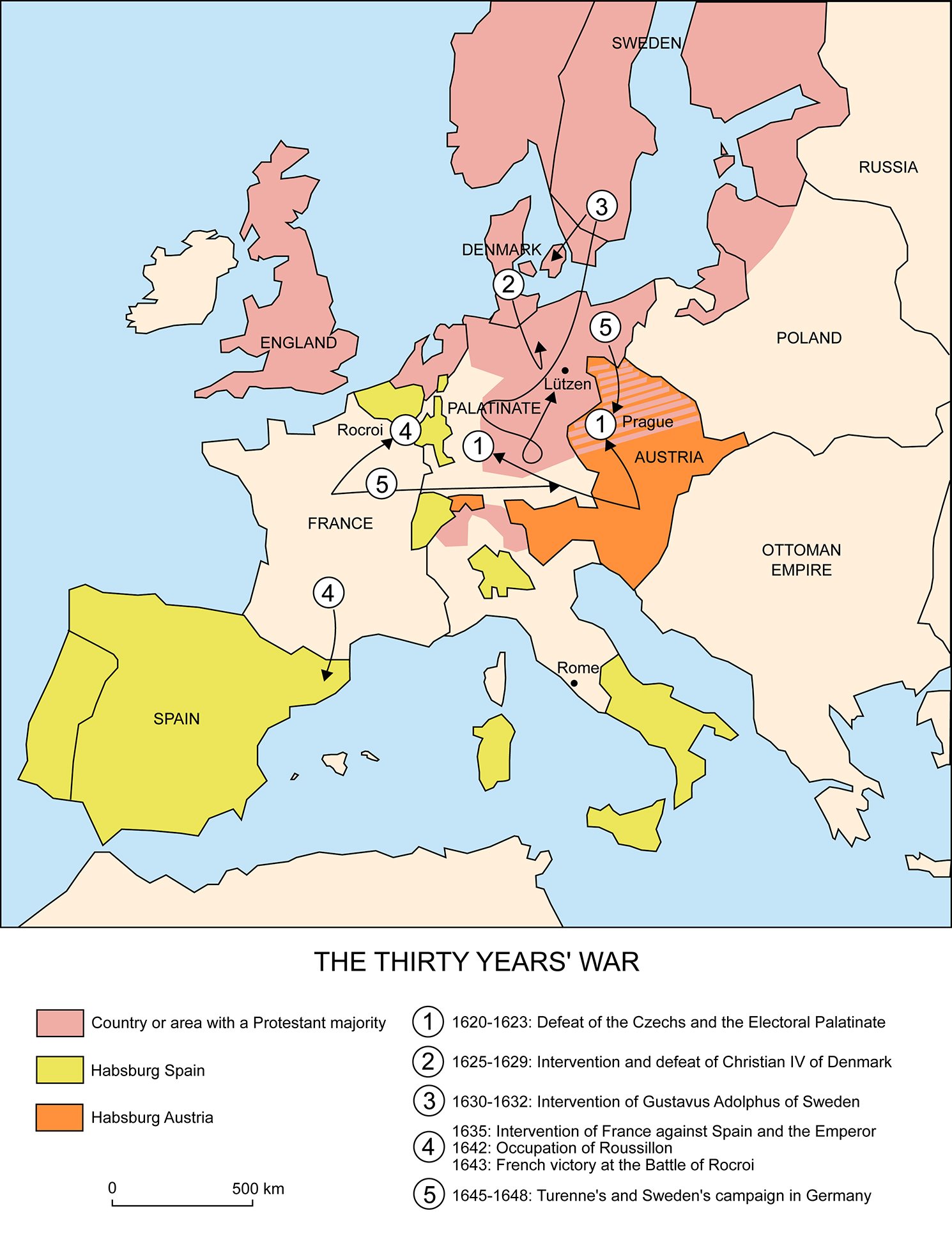
The Thirty Years’ War began as a localized incident in Prague, but the flames of conflict quickly spread throughout Germany. An uneasy peace was shattered in 1618, and Austria emerged victorious in the war’s initial phase, gaining full control over Bohemia (now Czechia). Subsequently, in 1625, Danish King Christian IV (1577–1648) sought to assert his leadership over Lutherans by invading his southern neighbor. However, following a defeat four years later, Christian signed the Treaty of Lübeck. He relinquished control over Bremen and Verden but retained Schleswig and Holstein, counting himself fortunate to secure such relatively favorable terms.
That same year, in 1629, Ferdinand of the Habsburg dynasty, the Holy Roman Emperor, issued the “Edict of Restitution.” This decree reversed changes in land ownership dating back to 1555, resulting in thousands of Protestants losing their lands. Ironically, this action provided a significant morale boost to the Protestant cause. Gustavus Adolphus’s formidable army was primed to enter Germany, further bolstered by substantial financial backing from France.
Gustavus Adolphus could not stand by as Protestantism was marginalized in Germany and the Holy Roman Empire gained ascendancy. In June 1630, he crossed the Baltic Sea, leading an invasion of Pomerania with a well-prepared army of 40,000 Swedish soldiers, augmented by some Scottish mercenaries. Szczecin and Frankfurt an der Oder were the first cities to fall to his forces. The following year, Saxony joined as a Swedish ally, prompting the Count of Tilly, who led the Catholic forces, to attack. This led to the Battle of Breitenfeld in September, near what is today Leipzig. The result was a resounding victory for Gustavus Adolphus.
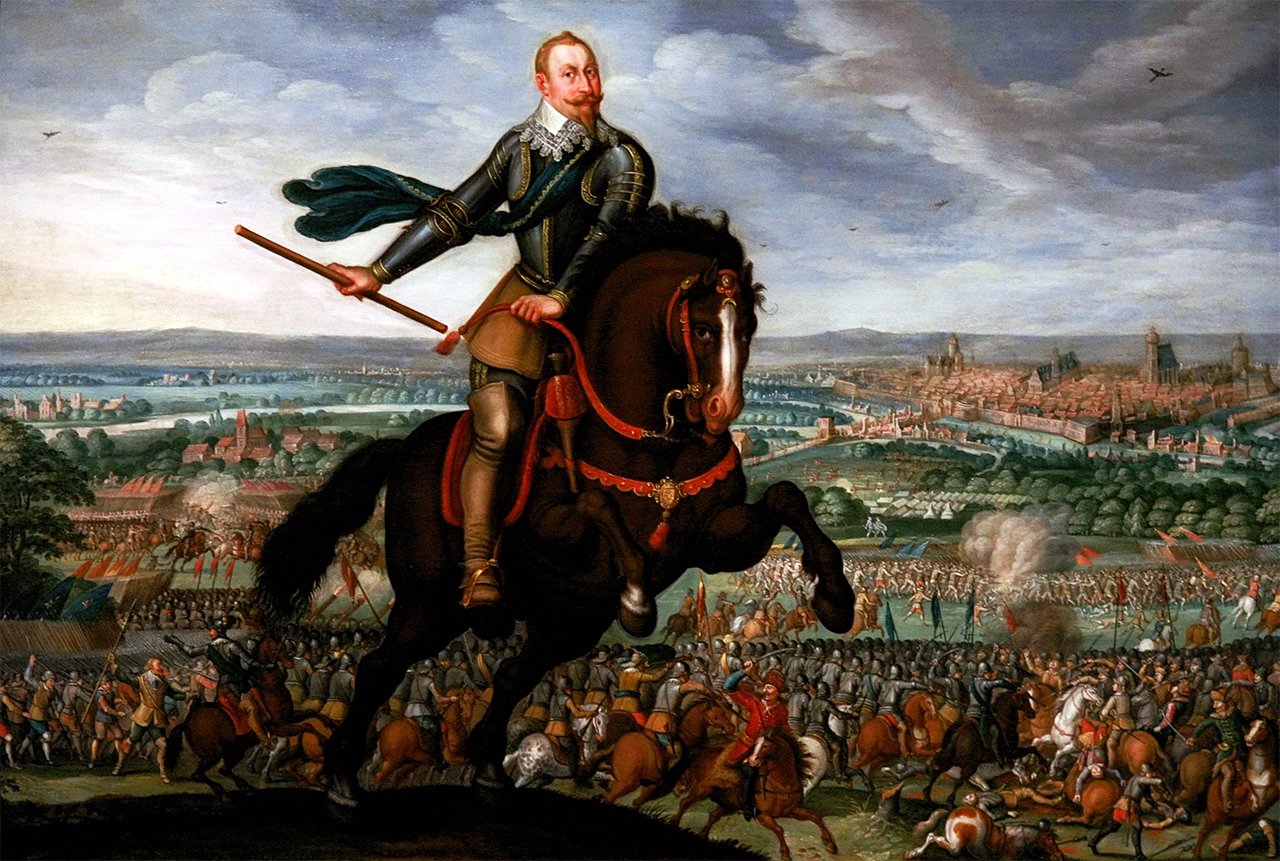
By the end of 1631, the Swedish army had occupied Würzburg and Frankfurt, and in 1632, they added Nuremberg and Munich in southern Germany to their conquests. Sweden had become a decisive factor in European politics. Austria was in a state of panic, and even France, a Swedish ally, felt uneasy about the prospect of a highly powerful nation emerging in the heart of Europe. Gustavus Adolphus’s army sustained itself on occupied land, holding out for a highly favorable peace offer. Since no such offer materialized, their next target was set: Vienna. By this time, the army had swelled to 150,000 strong.
In his darkest hour, the Holy Roman Emperor Ferdinand II, summoned mercenary general Albrecht von Wallenstein, the most skilled military tactician on the Catholic side. Wallenstein quickly assembled a large army and marched it into Saxony. Gustavus Adolphus pursued him, and the two armies ultimately clashed at Lützen on November 6, 1632.
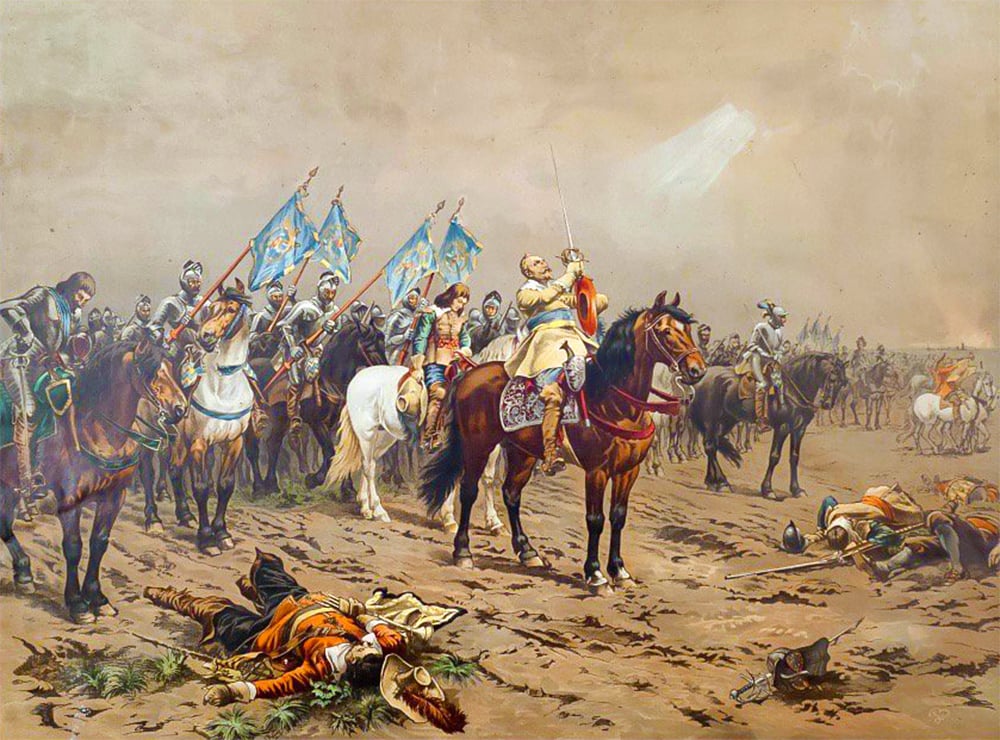
The Swedish army emerged victorious from the battle, but Gustavus Adolphus didn’t live to see it. Historians remain divided over the identity of the man who altered the course of European history, so it remains a mystery. What is confirmed is that during one of the cavalry charges, the king became separated from his troops and suffered fatal gunshot wounds. In the subsequent hour or two, the Swedes fought fiercely to retrieve his body and succeeded in doing so. Although the Battle of Lützen ended as a victory, it was a bitter one for Sweden. The only heir to the throne was Gustavus Adolphus’s young daughter Christina, who lacked the ambition to follow in her father’s footsteps.
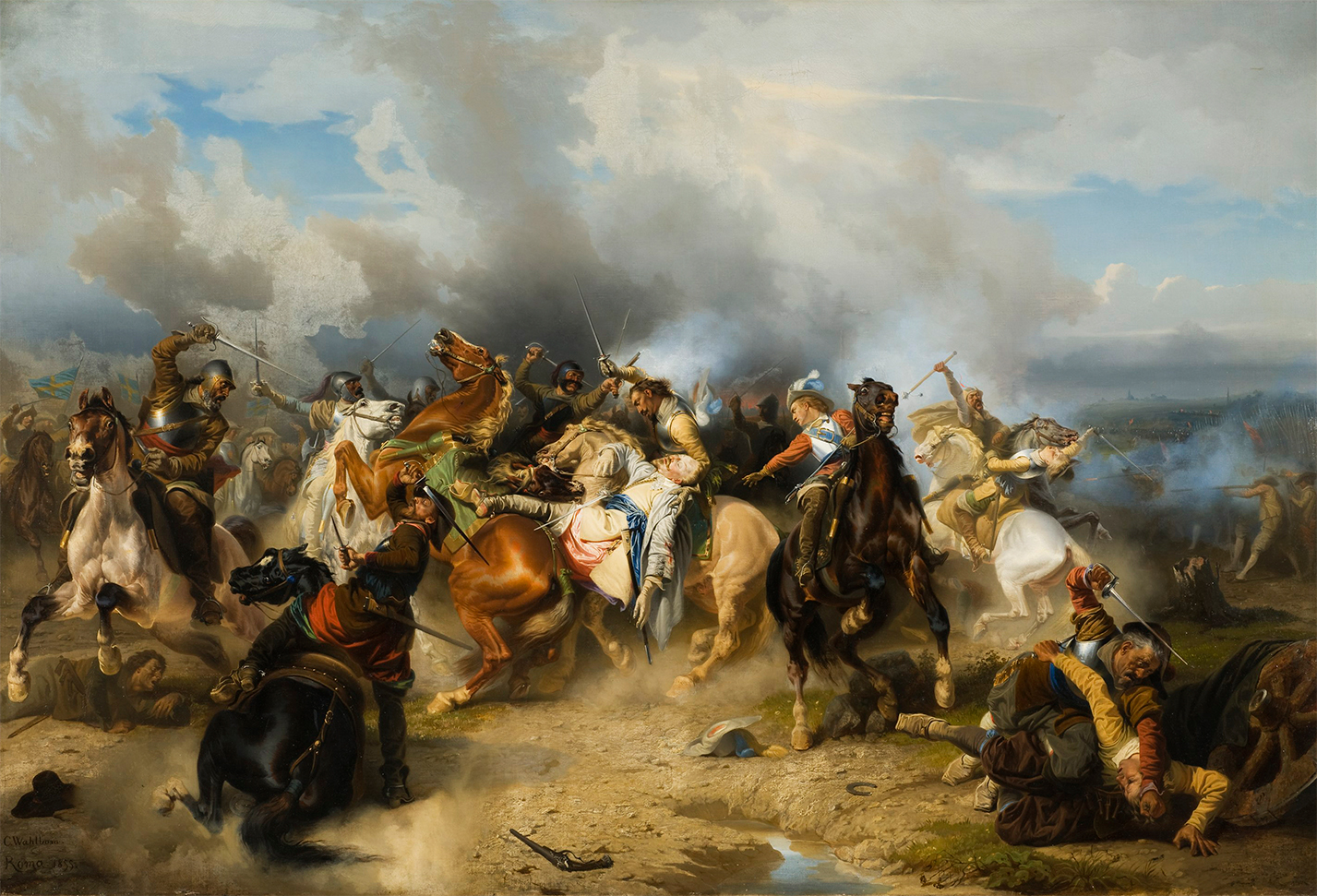
Sweden continued to play a role in the Thirty Years’ War, but its influence waned, particularly after the significant defeat at the Battle of Nördlingen in 1634. France soon took the lead in the war against the Habsburgs, relegating Sweden to the status of an ally. The Treaty of Osnabrück in 1648, part of the broader Peace of Westphalia, legitimized some of Sweden’s territorial gains. Under the treaty, Sweden secured Bremen and Verden, Swedish Pomerania, and also received financial compensation. Following this treaty, Sweden not only became a key player in broader European politics but also formally acquired territories within the Holy Roman Empire. Some argue that Sweden’s involvement helped save European Protestantism.
Yes, Sweden became a part of Europe, but did it miss the opportunity to dominate it? Gustavus Adolphus, often dubbed “The Father of Modern Warfare,” seemed almost invincible, and the Holy Roman Empire teetered on the brink of collapse. Relying on resources from occupied territories, he no longer needed financial subsidies from France and could have sustained a war effort for decades. Could he have emerged as the “Captain of Lutheranism,” forming a powerful confederacy of German Lutheran states? Perhaps even establishing his own empire in the region? Swedish administrative capabilities were as impressive as its military prowess, offering a better chance at achieving supremacy than either France or Austria. We may never know for certain, but it sure seems like the odds were in his favor.
